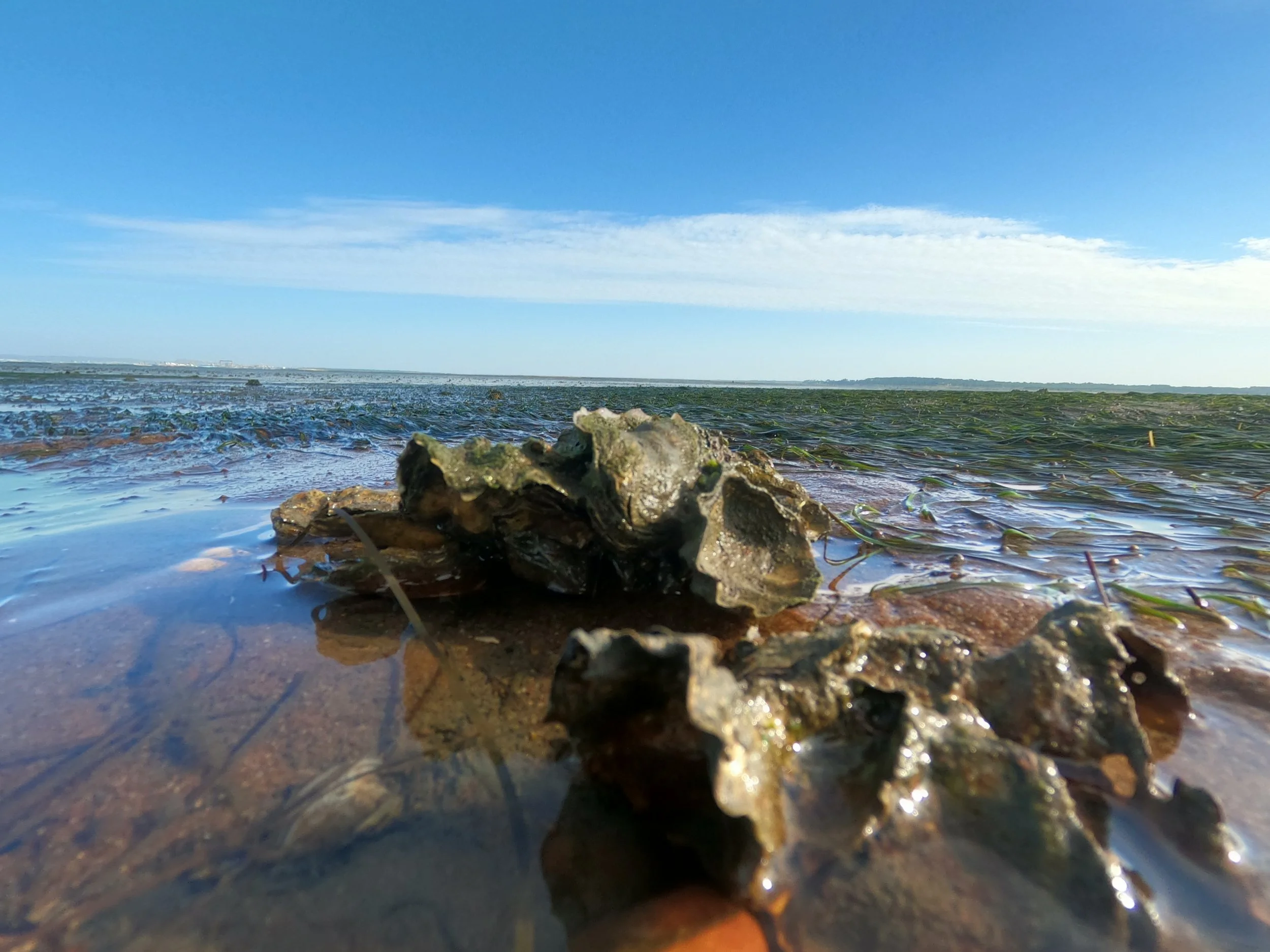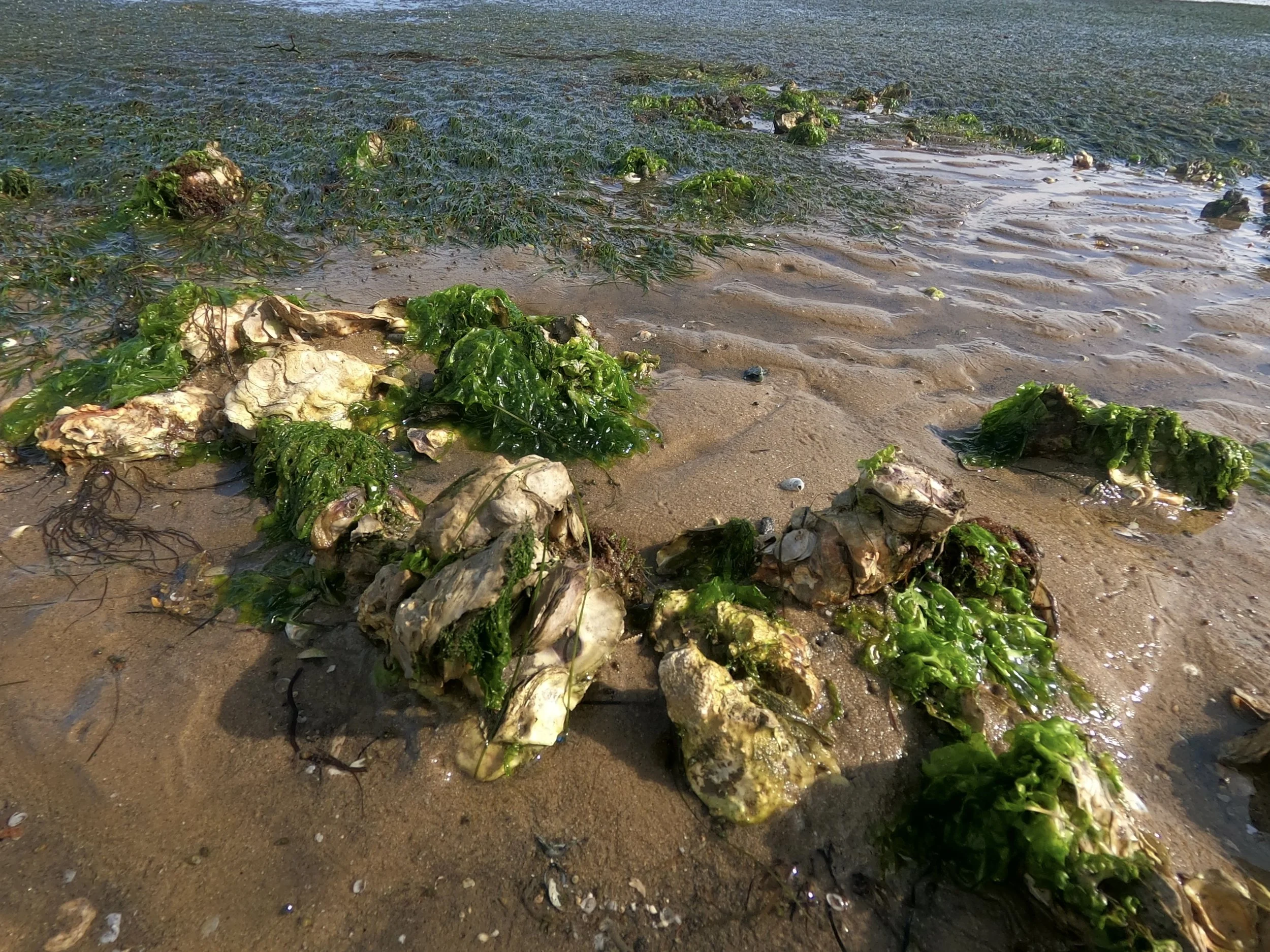REWILDING THE SADO ESTUARY SEASCAPE:
COMMUNITY-LED OYSTER BANK AND SEAGRASS
MEADOW CO-RESTORATION
©Ocean Alive
Lending nature a hand and improving the integrity of the seascape.
Community led co-restoration of an oyster bank and seagrass meadow
BEGINNING: FEBRUARY 2025
END: ONGOING
The project addresses the loss of key habitats - like seagrass meadows and oyeter beds - and impairment of ecological connectivity between these habitats within the estuary, resulting in the degradation or loss of crucial ecosystem services from which all forms of life benefit.
The pilot site of the project, Vale de Éguas, is located within the Sado Estuary site [Site Community Importance (SCI) under the EU Natura 2000 network (code PTCON0011)], within the Natural Reserve of the Sado Estuary (RNES) and within the fishing area of the local communities. .
It includes 3.40ha of seagrass meadow near a functional natural oyster bank (18). Since shellfish harvesting stopped in 2019, seagrass has naturally expanded. These are key factors, making it an ideal location for a co-restoration approach (31).
To restore balance, a community-led oyster bank and seagrass co-restoration initiative will be implemented.
Goals:
1) Develop expertise to support the first oyster and seagrass co-restoration pilot in the Sado Estuary, scalable and with replicability to other Portuguese estuaries that are facing a similar challenge
2) Assuring the long-term sustainability of this initiative, through the creation of a community catalyzed-co-restoration solution.
FUNDING:
An Ocean Alive’s initiative in partnership with Patagonia.
SCIENTIFIC PARTNERSHIP:
This initiative by Ocean Alive is carried out with the scientific partnership of Paula Chainho, PhD, researcher at Marine and Environmental Sciences Centre (MARE), University of Lisbon; C.lia Rodrigues BSc, founder of Neptun Pearl - sustainable oyster production company in the Sado Estuary and Danny Renton, co-founder of Seawilding - a community- led native oyster and seagrass restoration project in Loch Craignish.











